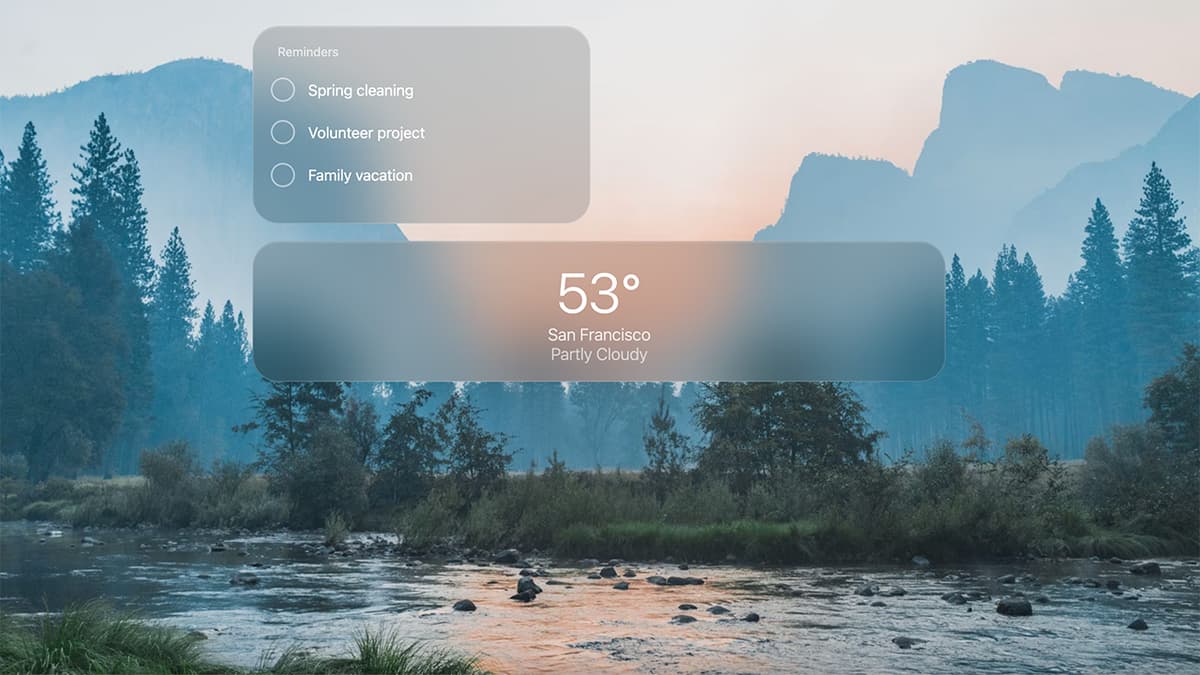A Guide to Updating Your Node.js Version
Updating Node.js is crucial for accessing new features, improving performance, and maintaining security. This guide will help you navigate the update process step by step to keep your Node.js environment secure and current.
Why Update Node.js?
Updating Node.js is important for several reasons:
- Security: Newer versions address vulnerabilities found in older releases.
- Features: Updates introduce new features that enhance coding and functionality.
- Performance: Updates often include optimizations for improved speed and efficiency.
- Compatibility: Keeping Node.js updated ensures better compatibility with other software and libraries.
Preparing for the Update
Before updating, check the release notes for the version you're installing. This helps you understand changes that could impact your projects.
Additionally, back up your current projects. While updates typically do not affect your data, a backup ensures you have a safety net in case of issues.
Using a Node Version Manager
Using a Node Version Manager makes managing different versions of Node.js easy. Two popular options are nvm for macOS and Linux and nvm-windows for Windows users.
Updating with nvm (macOS and Linux)
-
Open your terminal.
-
To install or update
nvm, use a curl or wget command, available at the nvm GitHub repository.Htmlor
Html -
Restart your terminal or run
source ~/.nvm/nvm.sh. -
List available Node.js versions by typing
nvm list-remote. -
Install a new version with
nvm install <version_number>, replacing<version_number>with your desired version. -
Switch between installed versions using
nvm use <version_number>.
Updating with nvm-windows (Windows)
- Visit the nvm-windows GitHub repository to download the latest installer.
- Run the installer to set up
nvmon your machine. - Open your command prompt or PowerShell.
- Use
nvm list availableto see installable versions. - Install a new version with
nvm install <version_number>. - Switch versions using
nvm use <version_number>.
Updating Node.js without a Version Manager
If you prefer not to use a version manager, you can update Node.js manually:
On macOS and Linux:
-
Visit the official Node.js website and download the source code for your desired version.
-
Extract the downloaded file.
-
Navigate to the extracted directory in your terminal and compile the source:
Html
On Windows:
- Go to the official Node.js website and download the Windows installer for your desired version.
- Run the downloaded
.msifile and follow the installation prompts.
Checking the Version After Updating
Once you have updated Node.js, verify the installation by running node -v in your terminal or command prompt. This will display the installed version number.
Keeping Node.js up to date is a simple process, especially when using a version manager like nvm. Always back up your work before updates, and review release notes for any breaking changes. Maintaining an updated Node.js version ensures access to the latest features and security improvements.












